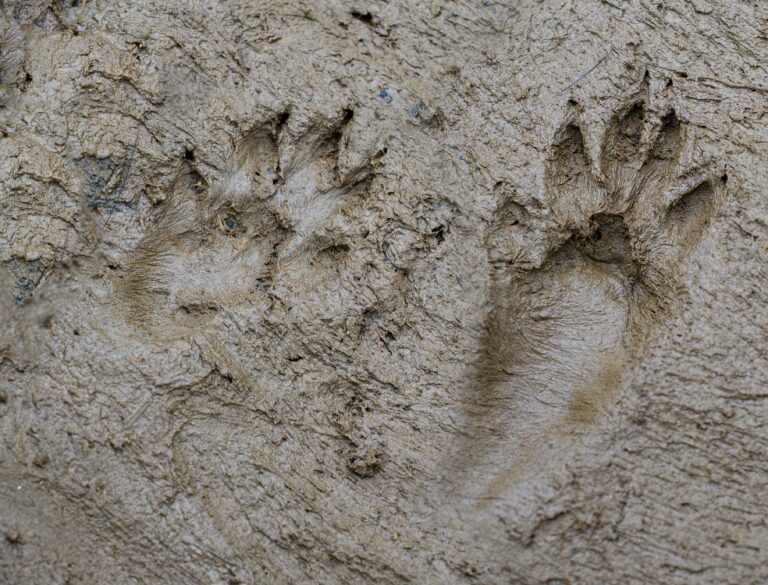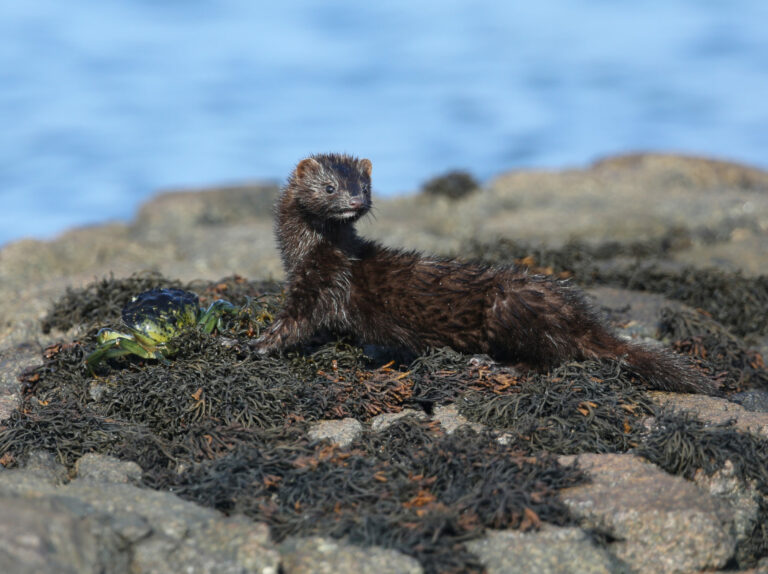Neogale vison
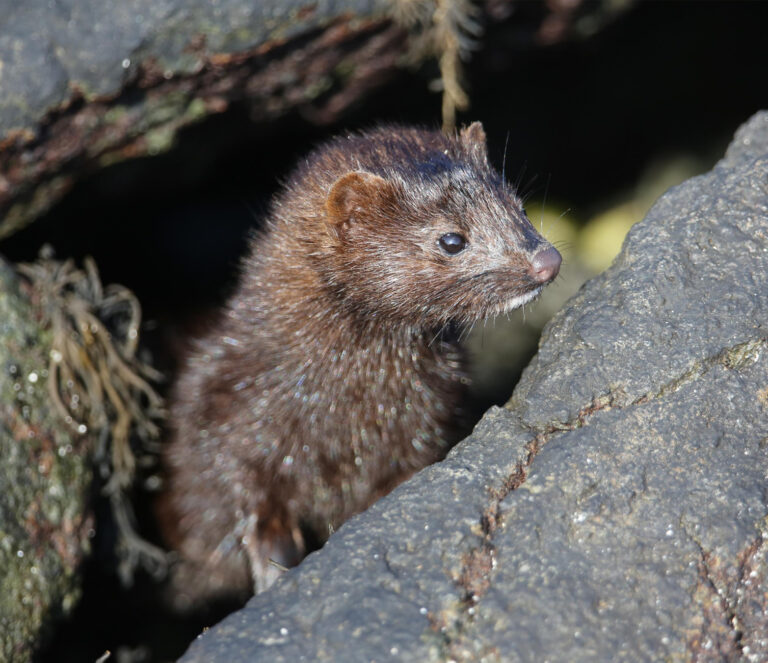
Threats to native species – distribution – parasitization – diseases
43 – 66 cm
0,45 – 2,3 kg
3 – 8 Years
February – April
39 – 79 Days
2 – 7
Water bodies and their riparian zones
Animal burrows – Tree burrows – Rock burrows
Twilight active – Nocturnal
Reduced activity
Fox – Otter – Lynx – Wolf
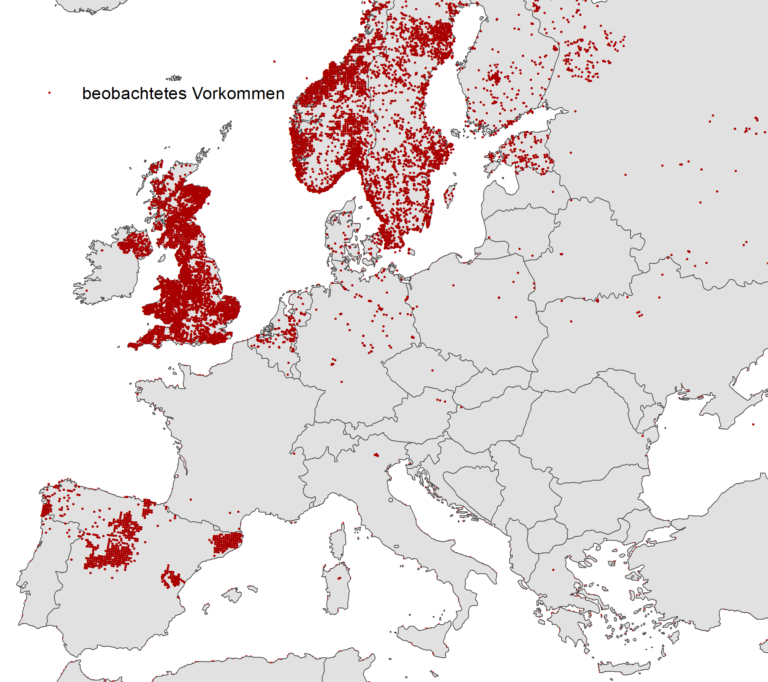
Spread
The American mink originates from North America. It is now widespread in many parts of Europe, Asia and South America. This is due to the fact that the mink was brought in at the beginning of the 20th century for fur farming. By releasing or breaking the animals out of these fur farms, they were able to spread. Although the American mink is not yet considered invasive in Germany, individual records of its occurrence are now known for all of Germany and many other parts of Europe.
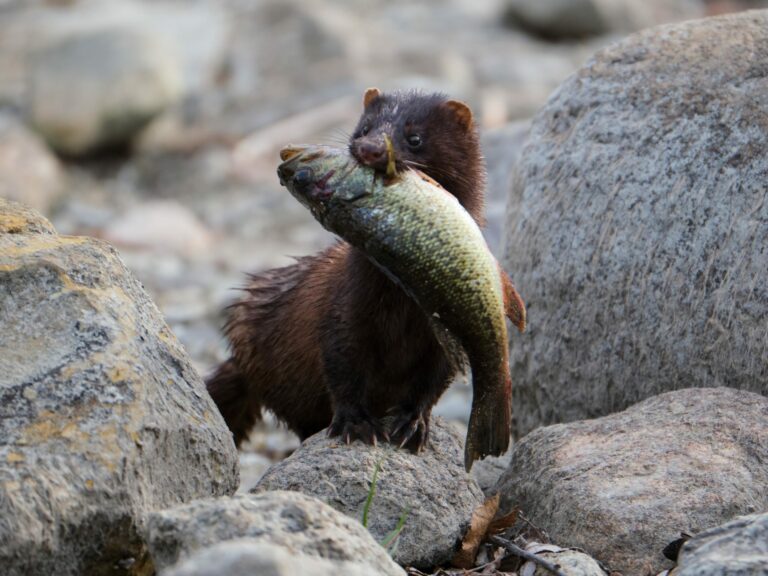
Habitat
Preferred habitats of the American mink are always near bodies of water. Thus, it is found in marshes, on coasts, or along rivers and lakes. Shoreline areas with heavy, dense vegetation are especially preferred. Minke are crepuscular and nocturnal, during the day they retreat to sleep in their burrows, which they either take over from other animals or dig themselves. Small burrows between roots or stones are also used as shelter.
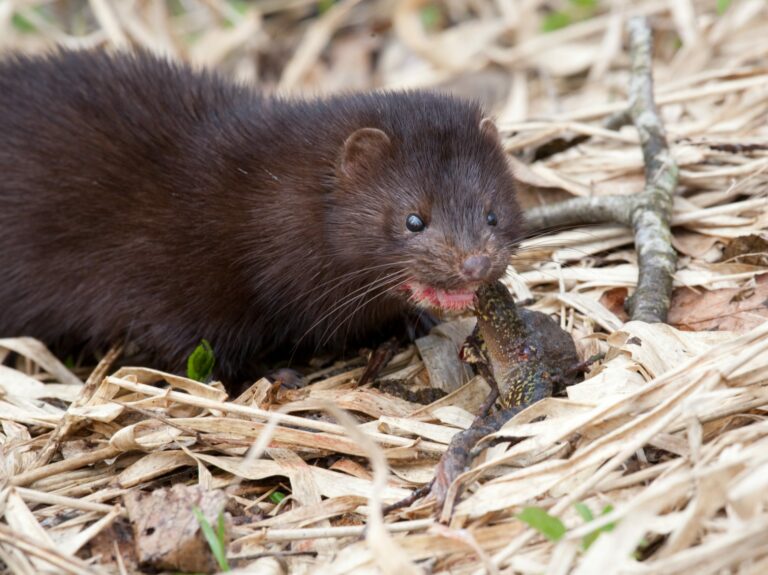
Similarity
At first glance, the American mink is hardly distinguishable from the European mink, which is native here. Both species are characterized by the slender and elongated body, the relatively short legs and the dark brown fur. On the lower jaw of the mink is a chin patch, at this point the fur is brightly colored. The two species can be distinguished by this feature, as this lower jaw spot is much smaller in the mink.
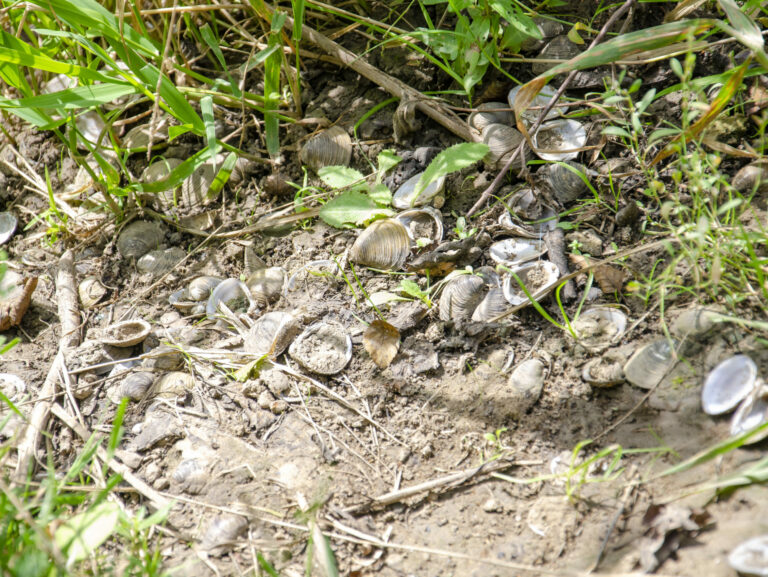
Freeswimmer
Neogale vison is very well adapted to life near water. It is an excellent swimmer and can likewise dive several meters deep. This is also reflected in its diet, as its food consists to a large extent of aquatic prey, such as mussels or fish.
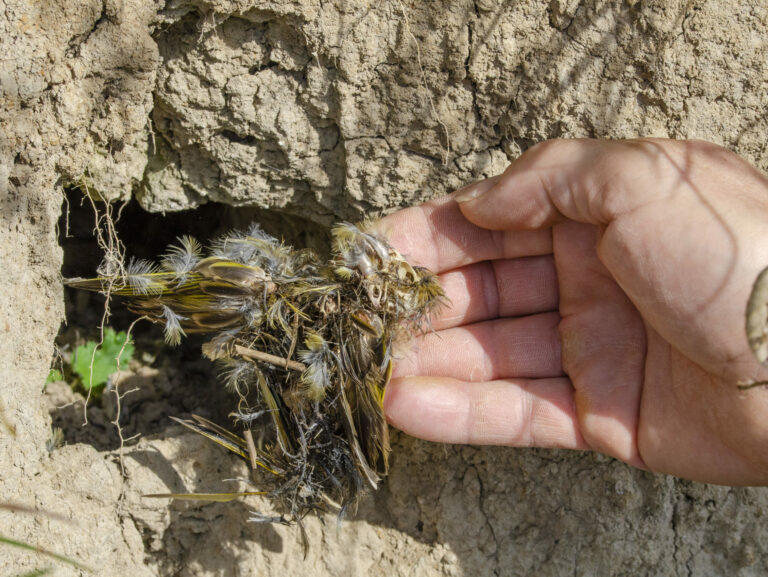
Diet
The diet of the mink depends on the season and habitat. Basically, however, the food consists only of animal components. A variety of prey are hunted by the mink, including small mammals, fish, reptiles, amphibians, insects and aquatic invertebrates. Birds are also part of the American mink’s diet, with the nests of waterfowl and ground-nesting birds being preyed upon.
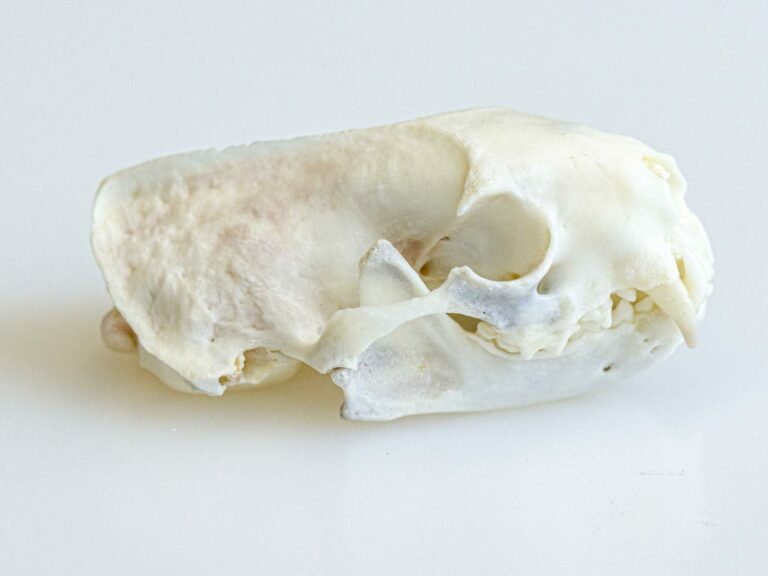
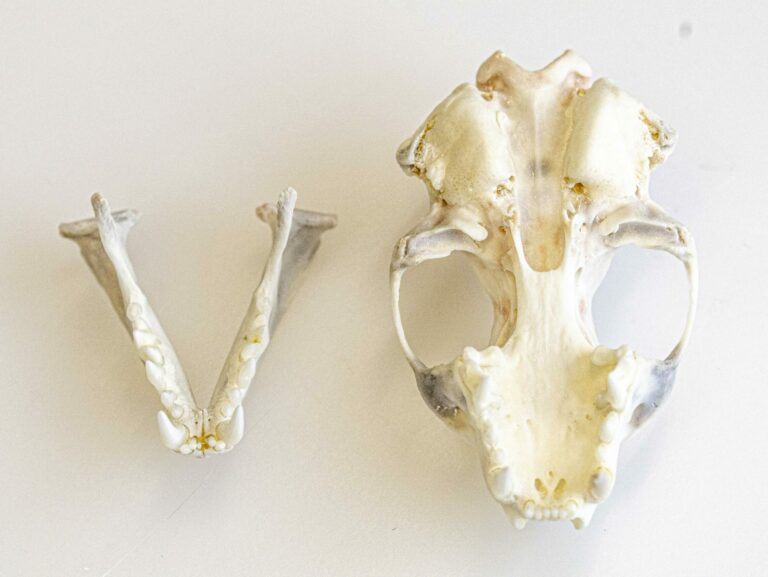
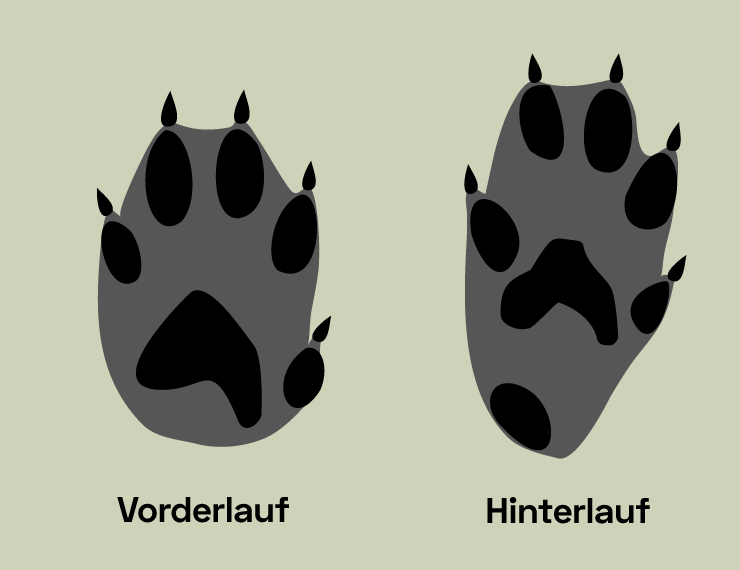
Behavior
The American mink is a solitary animal that occupies its own territory. These territories, which can be up to 800 ha in males, are aggressively defended against conspecifics and marked by a strong-smelling secretion from their anal glands. The mating season of the mink is between February and March. Only at this time do males and females come together for mating. The female is solely responsible for raising the young. 2-8 young are born per litter, which are suckled for about 6 weeks and also spend some time with the mother afterwards.
